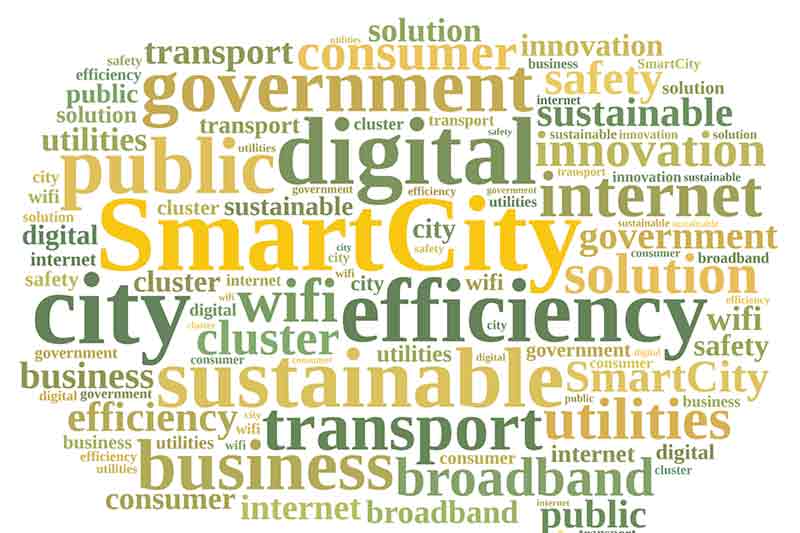
Sustainable cities and communities of the future were discussed at the 14th Singapore-Zhejiang Economic and Trade Council (SZETC) meeting in Hangzhou, Zhejiang province today, co-chaired by Senior Minister of State for Communication and Information, & Culture, Community and Youth Ms Sim Ann, and Zhejiang Vice Governor Zhu Congjiu.
Singapore companies will see more opportunities in key sectors including urban development, logistics and e-commerce in Zhejiang, as the province moves towards a future of urban sustainability, innovation, and modern living.
Singapore’s strengths in city infrastructure and connectivity as well as experience in community development can contribute to the common goal of Singapore and Zhejiang to develop innovative and sustainable solutions for the next generation of urban clusters.
According to Enterprise Singapore, The Singapore-Zhejiang Economic and Trade Council has seen good progress in collaborations under its five Working Groups: Oil Trade and Maritime Services; Technology and Innovation; Youth and Cultural Exchange; Financial Connectivity, Legal and Professional Services; and Sustainable Urban Development. At the meeting, Singapore companies signed 15 Memoranda of Understanding (MOUs) in line with these areas.
Key highlights include:
Urban development: Collaboration between a Singapore consortium (represented by GSH Properties (PRC) Pte Ltd and KOP Properties Pte Ltd) and the Jiaxing Municipal Government to develop an integrated township project, incorporating Singapore’s experience in urban planning to feature an integrated community living hub with innovative commercial and retail for MICE and tourism-related activities.
E-Commerce: MOU between Shopee and the Hangzhou Cross-Border E-Commerce Comprehensive Pilot Area Committee to develop a cross-border e-commerce ecosystem through establishing an information and knowledge sharing channel, co-constructing a one-stop solution includes logistics, incubation, custom clearance, etc. for Zhejiang sellers to access Shopee’s e-commerce platform, provision of ecommerce training programmes and co-building a cross-border e-commerce industry belt in Hangzhou. Shopee also officially opened its Hangzhou Operation Centre in the Pilot Area this morning.
Youth and cultural exchange: Agreements between National University of Singapore (NUS) and Zhejiang University to collaborate on joint educational framework in Biomedical Engineering and more; MOU between National Youth Council and Zhejiang Youth Federation to organise exchange programmes such as immersion trips.
Ms Sim Ann said, “We see great synergy for Singapore and Zhejiang to partner each other as both strive towards a sustainable urban future and quality living for our people. Singapore companies can ride on developments such as the Zhejiang Greater Bay Area Development, Zhejiang Pilot Free Trade Zone, and Hangzhou Cross-border E-commerce Pilot Zone to pilot their solutions in Zhejiang. Zhejiang enterprises can also tap on Singapore’s strengths as an international trade and financial hub to access the Southeast Asian market.”
















